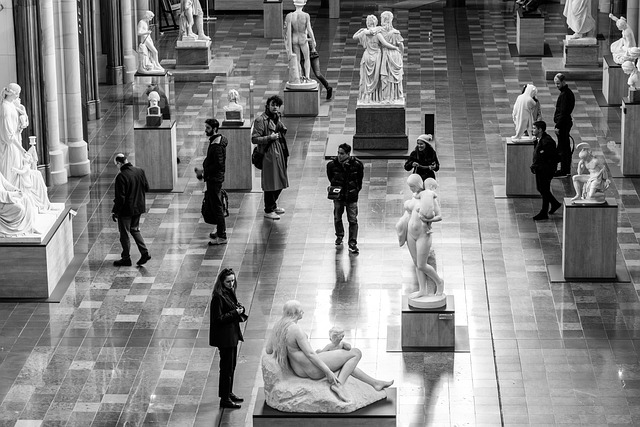In the vibrant world of the entertainment industry, few elements are as iconic and evocative as the movie poster. These pieces of art serve not only as advertisements but also as a cultural snapshot, capturing the essence of the film they represent. As we delve into the evolution of movie posters, we discover how they have adapted alongside the changing landscapes of cinema, music, and even large-scale events like concerts and festivals.
Historically, movie posters emerged as a means to entice audiences to the cinemas, showcasing dramatic images and snappy taglines. Early posters were often hand-painted, a testament to the creativity and artistry involved in attracting moviegoers. These vibrant representations of films often drew on theatrical traditions, bringing a touch of the stage to the cinematic experience. The aesthetic of these early posters set the foundation for a trend that would evolve dramatically over the decades.
As the entertainment industry flourished, especially during the golden age of Hollywood, movie posters became more sophisticated. They began to feature larger-than-life portraits of stars, echoing the glamour of the films themselves. This shift marked the start of a tradition where the movie poster not only reflected the narrative but also served as a visual representation of star power. Iconic posters of the time became benchmarks of design, from the alluring imagery of classic film noir to the fantastical landscapes depicted in epic adventures.
With the rise of the music industry, parallels can be drawn between movie posters and album covers. Both mediums rely heavily on visual allure to convey artistic themes. Prominent artists began to collaborate with graphic designers, creating stunning visuals that would not only adorn record shelves but also capture the spirit of the concerts and festivals they headlined. Just as movie posters set the tone for cinematic experiences, album art encapsulated the essence of music, marking a significant crossover between these two forms of entertainment.
The digital age brought a seismic shift, revolutionizing how movie posters were created and distributed. The advent of graphic design software allowed artists to push boundaries, experimenting with bold colors, minimalistic designs, and surreal imagery. The poster became a canvas for creativity, with designers able to craft eye-catching visuals that would dominate online platforms and social media. The viral nature of the internet meant that a striking movie poster could reach millions in an instant, further solidifying its importance in the modern marketing game.
Today, special events such as music festivals and film screenings often feature promotional artwork that blurs the lines between genres. The interplay of visuals across mediums reflects a shared ethos in the entertainment industry—one that champions innovation and artistic expression. Movie posters now frequently incorporate elements from concert promotional material, inviting audiences to experience a multi-sensory journey that combines cinema and live performances.
As we look to the future, the evolution of the movie poster continues to unfold, shaped by trends in design and the dynamics of audience engagement. Whether showcasing a blockbuster film, an indie flick, or the latest concert series, these posters remain a vital part of the entertainment landscape—a beautiful reminder of how art and culture can inspire, excite, and transport us to new worlds.


